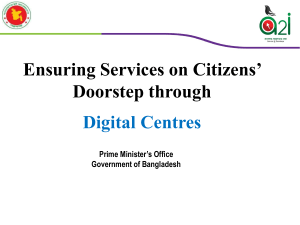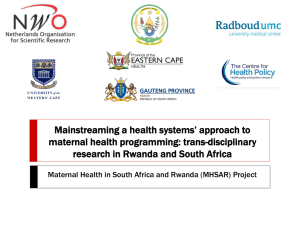Strategic Plan for 1.000 telecentres in Rwanda
advertisement
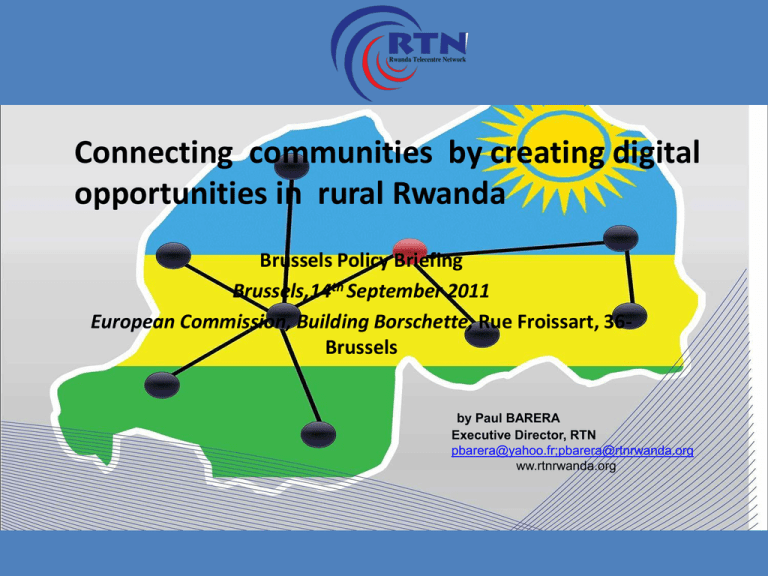
Connecting communities by creating digital opportunities in rural Rwanda Brussels Policy Briefing Brussels,14th September 2011 European Commission, Building Borschette, Rue Froissart, 36Brussels by Paul BARERA Executive Director, RTN pbarera@yahoo.fr;pbarera@rtnrwanda.org ww.rtnrwanda.org Content 1. The face of rural Rwanda 2. Me and Nyamata Telecentre 3. Taking the Nyamata model to 1,000 villages 4. How does our model addresses development challenges of rural Rwanda 5. What I have learned…. 2 Key specifications of a mid- size village in Rwanda • • • • • • Population size:5,000 people Population under 35: 64% Subsistence farmers:89% Illiteracy rate:15% Household with electricity:1.3% Mob phone penetration (General):30% • Internet penetration(General):1.8% • Pop with less than 2 USD/day:62% 3 Here is where my Ambition started... 2004:Paul is a graduate in Management with a passion to setup a rural ICT enterprise 2004:Paul establish Nyamata Telecentre with the support of AED To day the centre operates in its own building In 2004 :it is a small centre with 6 computers,6 tables,6 chairs, all –inone printer and 2 employees Today : the centre employs 25 full time staff and more than 100 people visit the centre every day 4 The sustainability and impact are possible due to service diversification Community product delivery Partner services Non-ICT service Basic ICT services Financial Sustainability Impact at community level 5 We are in partnership with the government of Rwanda to replicate Nyamata model in 1,000 Rwandan villages Handbook for 1.000 Telecentres in Rwanda August 2010 Paul BARERA Juriaan Deumer •The 1,000 telecentre project is part of government priorities for NICI 2011-2015 •The idea is to support local entrepreneurs to deploy and run Telecentres. Telecentres act as act as the first, the last and the most reliable point of delivery of key services to rural citizens. •So far 150 centers are operational and each centre employs at least 3 peoples. Our aim is to deploy additional 850 centers in coming 4 years. 6 Our model contributes to community development and increased market efficiency 1) Product, service & information delivery channel for organizations Community Rwandan organizations RTN Telecentres 2. Community employment 3) Community development through ICT access 4) Product delivery channel for community 7 The network of telecentres results in improvements for Rwanda at all levels Local entrepreneur • Steady income outside agriculture • Access to information and knowledge using ICT • RTN services increase sustainability and impact of Telecentres • Employment opportunities • Easy access to products, services and information • Efficient product delivery • Networking increases chance of success Private and civil society organizations • • Rwandan community Efficient channel to deliver products, services and information to community Efficient channel to procure products from community Government Institutions Rwanda as a country • Efficient channel to deliver e-government services to community • Essential step towards goal of knowledge-based economy • Government’s telecentres more efficiently run and more successful • Develop rural Rwanda and reduce urban migration 8 What I have learned… Natural rural entrepreneurs have huge psychological barriers(lower self -esteem, fear of failure, depression etc…) Rural entrepreneurs can reach out to villagers who are otherwise inaccessible Local entrepreneurs can address critical development challenges which cannot be addressed by the government or large organisations ICT should be viewed as tool and not an end in rural development Demand driven Services are the key to sustainability of Telecentres Every service should impact present concerns to become compelling applications 9 THANK YOU AND WELCOME TO A COUNTRY OF THOUSAND HILLS 10

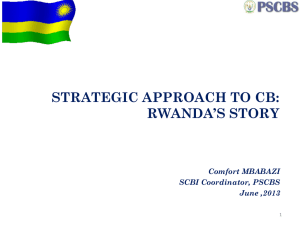
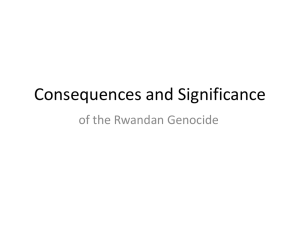

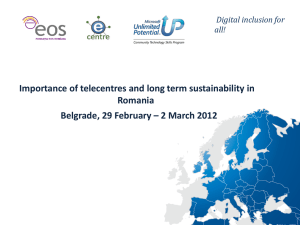
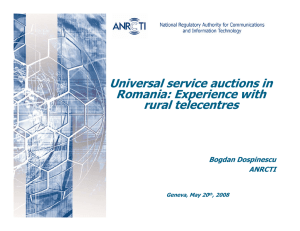
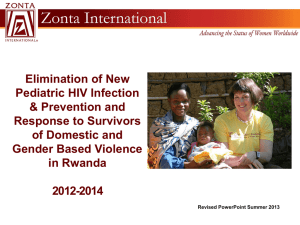
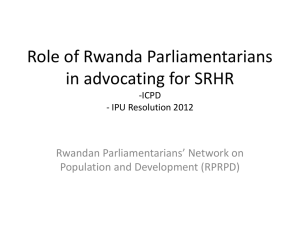
![Government of [Rwanda] - UNDP-UNEP Poverty](http://s2.studylib.net/store/data/005359438_1-2c42f5844b4637cd375e392bd4b49b8d-300x300.png)
